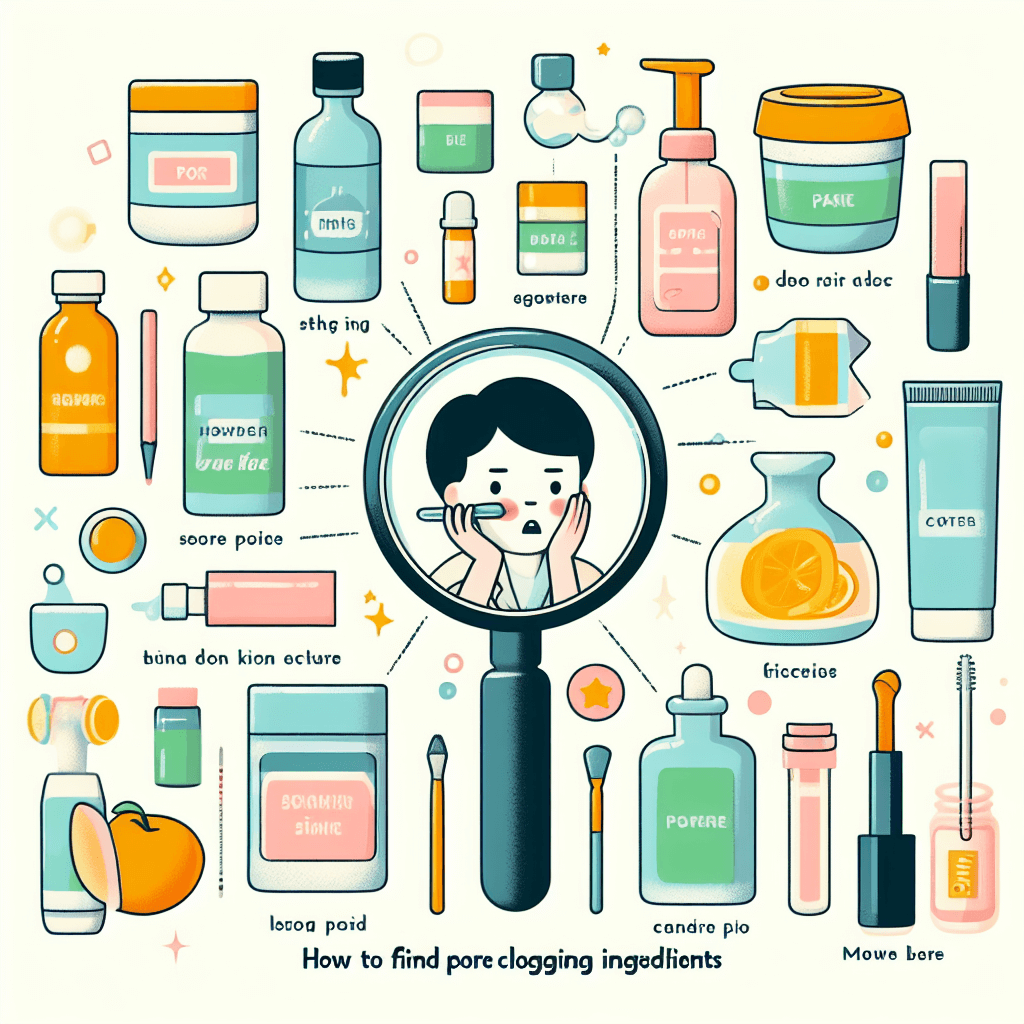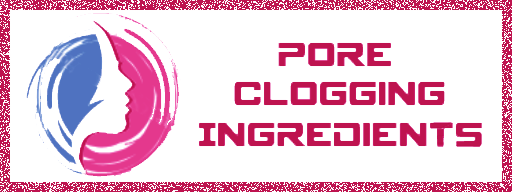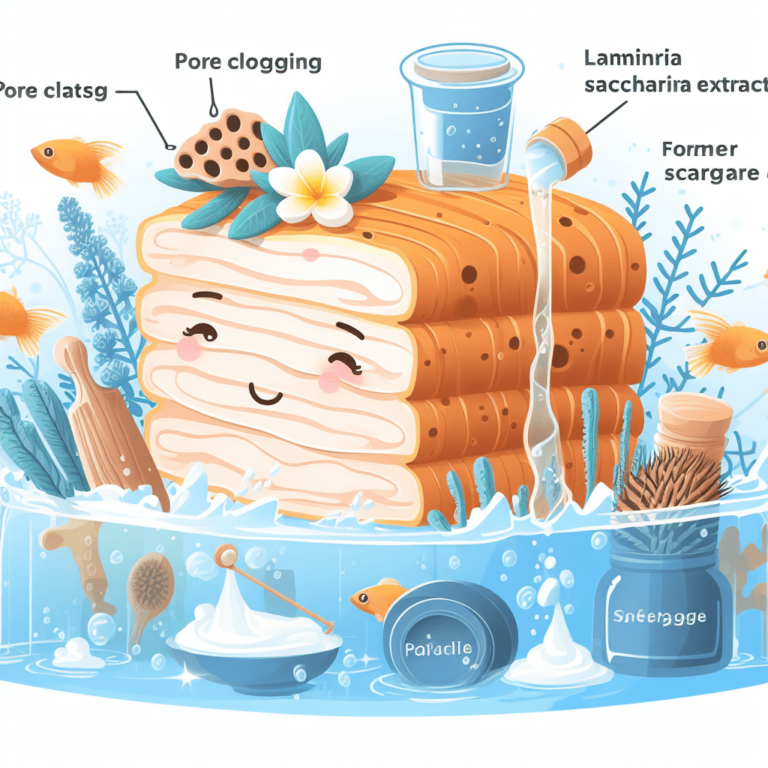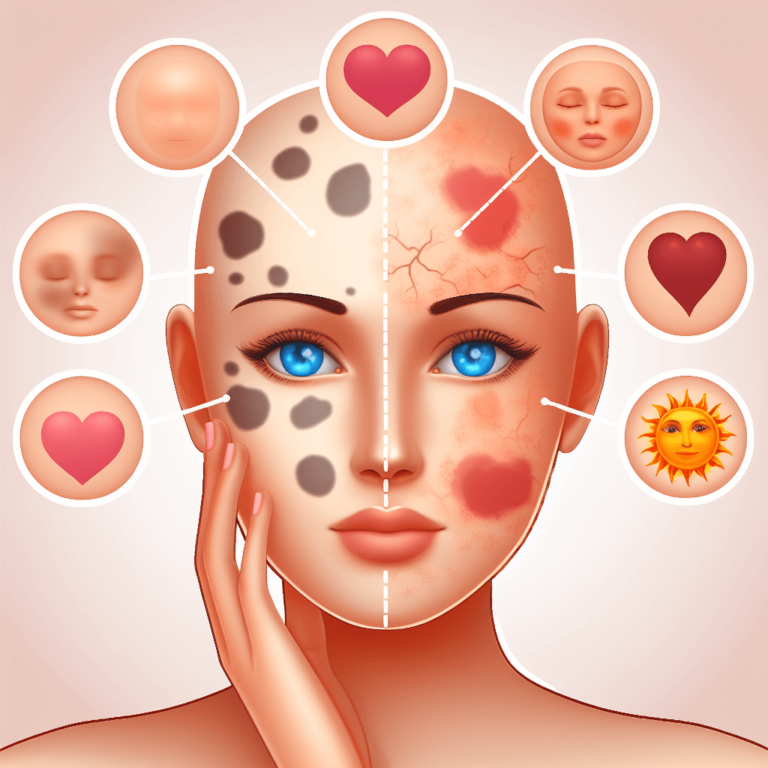How To Find Pore Clogging Ingredients
Understanding and identifying pore-clogging ingredients is crucial for maintaining clear and healthy skin. Here’s a comprehensive guide to help you navigate skincare product labels and recognize potential culprits:

Guide to Find Pore Clogging Ingredients
1. Comedogenic Ratings
Check for comedogenic ratings of ingredients. Some resources provide ratings on a scale of 0 to 5, indicating the likelihood of an ingredient to clog pores. Higher ratings (4 to 5) are more likely to cause pore congestion.
2. Common Culprits
Identify common pore-clogging ingredients like certain oils (e.g., coconut oil, cocoa butter), heavy emollients, and thick waxes. Steer clear of products containing these ingredients, especially if you have acne-prone or sensitive skin. You can also use our Pore Clogger checker tool to identify the comedogenic Ingredients.
3. Research Ingredients
Research unfamiliar ingredients listed on product labels. Look for information on their comedogenicity and potential to clog pores. Some seemingly benign components might be problematic for sensitive skin.
4. Patch Testing
Perform patch tests before using a new product all over your face. Apply a small amount on a discreet area (like behind the ear) for a few days to observe any adverse reactions or pore blockages.
5. Non-Comedogenic Labels
Look for products labeled “non-comedogenic.” While it’s not a guaranteed solution, these products are formulated to minimize the likelihood of clogging pores.
6. Online Resources and Apps
Utilize online resources, databases, or smartphone apps that list ingredients and their comedogenic ratings. Some apps allow you to scan product barcodes to quickly identify potential pore-clogging ingredients.
7. Consult Professionals
Seek advice from dermatologists or skincare professionals. They can provide personalized recommendations and help identify ingredients suitable for your skin type.
8. Track Skin Reactions
Keep track of how your skin reacts to different products. If you notice recurring breakouts or pore congestion after using specific products, check their ingredient lists for common culprits.
Conclusion
Recognizing pore-clogging ingredients is vital for maintaining clear and healthy skin. Use comedogenic ratings, research ingredients, perform patch tests, look for non-comedogenic labels, utilize online resources, and consult professionals to navigate product labels and choose skin care products best suited for your skin type.






